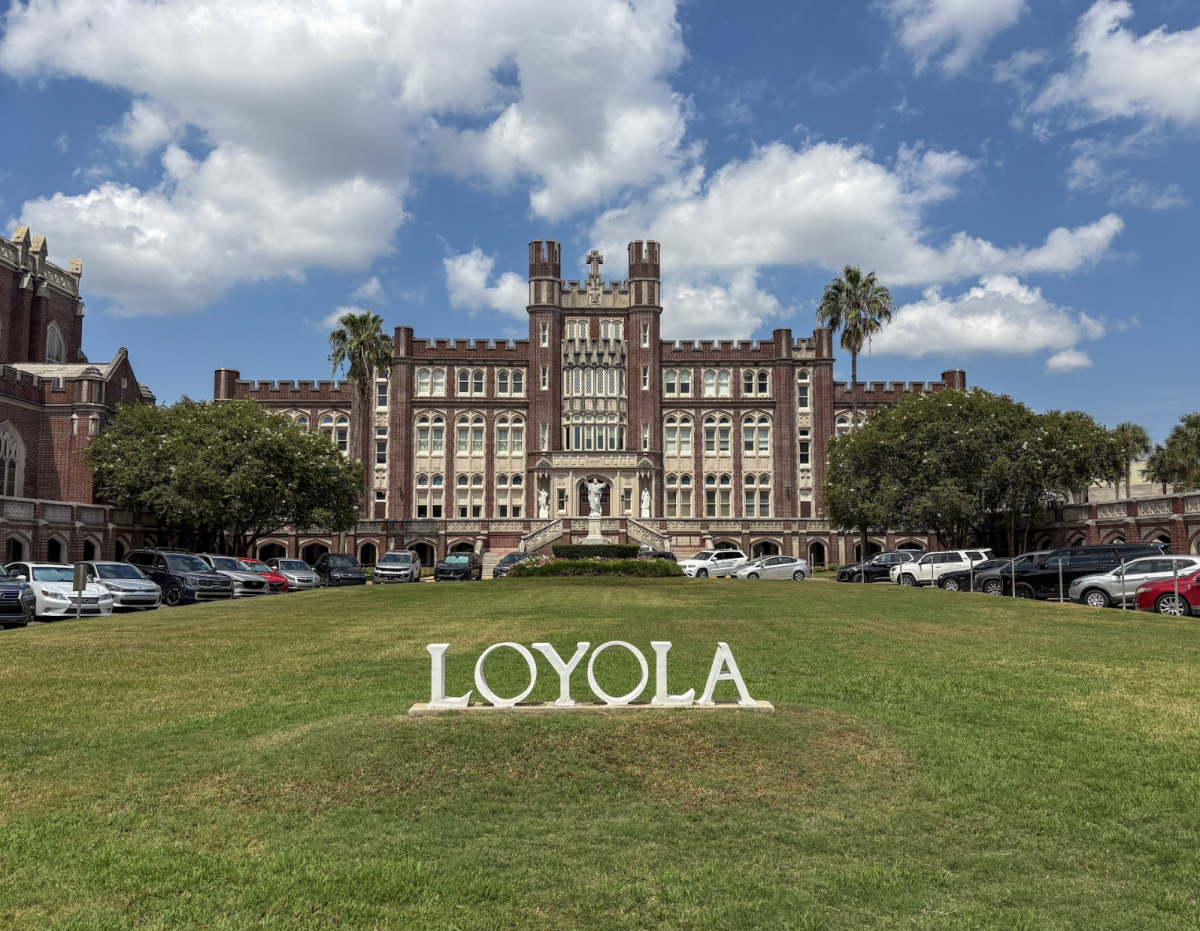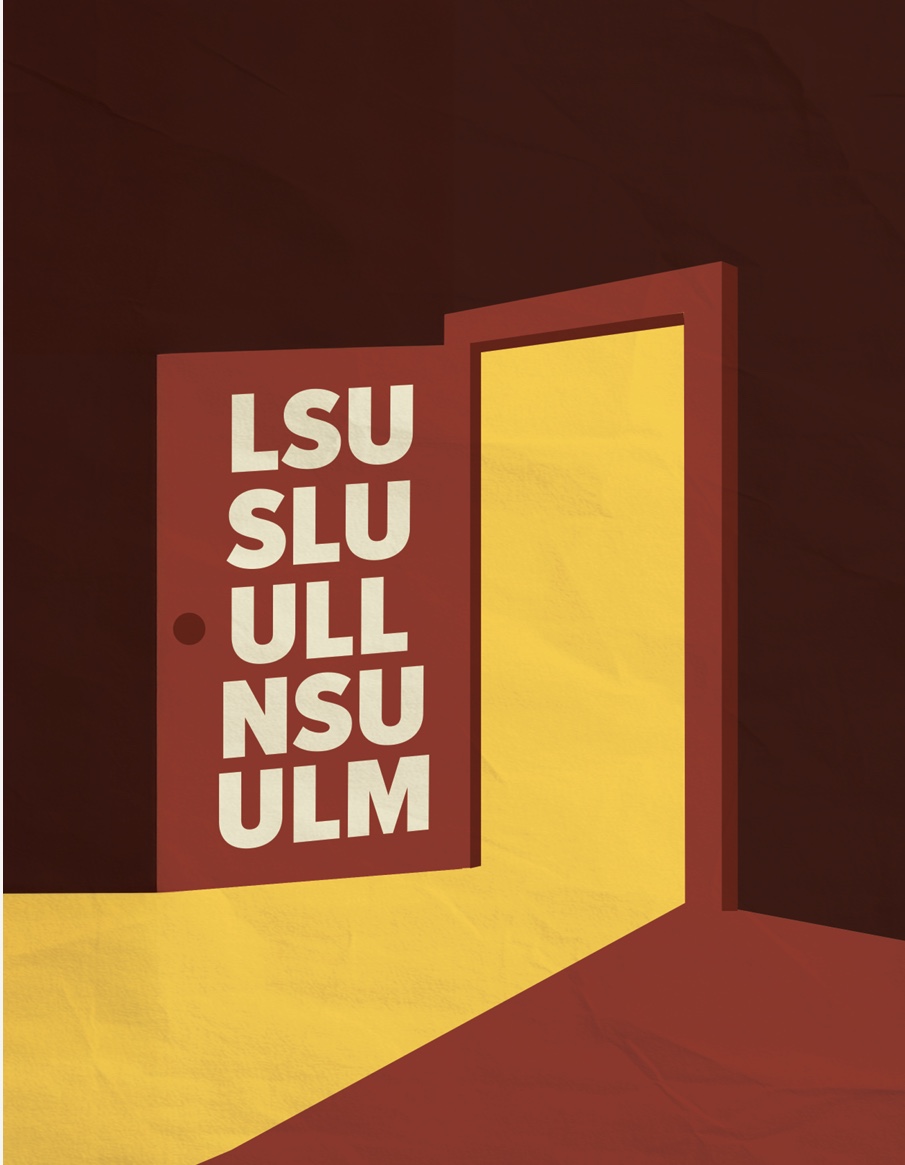With the centennial celebration a mere two weeks away, our campus will soon overflow with alumni, and the history of this great university will walk among us. One hundred years of wars, economic turmoil and every kind of social revolution conceivable, and here we are, standing strong and continuing the great Jesuit traditions established all those decades ago. What a great time to be part of the Loyola family.
On second thought: what an annoying time to be part of the Loyola family! We are supposed to be excited about this centennial business, bursting with pride as we marvel at our rich history, as we pay tribute to our many losses and rejoice in our triumphs.
However, some of us might be wondering: how are we supposed to muster up our school pride when there is this huge ugly crane literally hanging over our heads? How are we supposed swell with revelry to the soundtrack of jackhammers pounding outside our classroom windows?
As we look back on the history of this university, we expect to be bombarded by photographs and anecdotes depicting the extremes to which history has taken us. We look back on the good and the bad but rarely do we consider those parts of our history that were maybe a little irritating or perhaps just plain inconvenient.
Consider the plight of students in 1918. It’s hard to imagine these students as anything more than voiceless black and white photographs, hair well coifed, eyes staring into an unknown distance through the lenses of plastic rimmed glasses. It’s hard to imagine these people – these students – waking up in the middle of the night to sounds of construction, complaining over cups of coffee about the ruckus coming from what would soon be Thomas Hall.
Furthermore, it’s even harder to consider a time when Marquette Hall was Loyola’s only building. Imagine that. One hundred years ago, we were a single building. Look at how we have grown. Now consider the means through which we have become what we are today.
Surely it took a great deal of noise and hammering for us to build the campus that now sprawls around us. Without construction, we would be exactly where we were 100 years ago: one building. How would we even fit into one building?
That we rarely consider the history of Loyola’s construction is a testament to what really matters: results. Looking back, our alumni will likely not complain about the unsightly construction that they had to put up with during their time as students. They will remember the best and the worst – not the annoying. The annoying is merely something we must put up with in the present in order to move into the future.
So stop complaining. Let us celebrate what we have been, what we are and the future that we are constructing as we go along.







